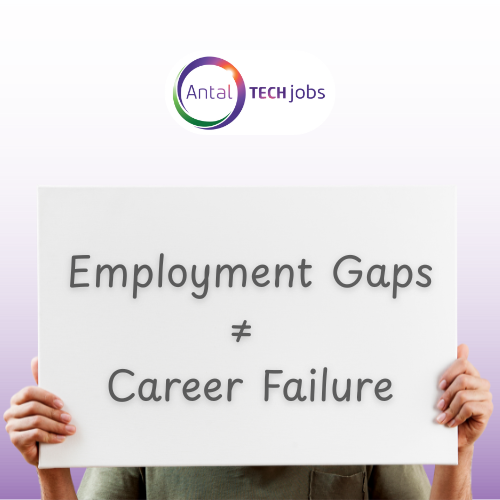
Overview
Your CV is often your first introduction to a potential employer — and first impressions stick. Even the most qualified candidates lose out because of small, avoidable mistakes.
Here are some things your CV should absolutely avoid:
🚫 Irrelevant Personal Information
Skip your full address, marital status, or date of birth — these details don’t influence your hiring chances and take up valuable space.
🚫 Overly Casual Language
Phrases like “I’m a people person” or “guru of spreadsheets” might work in conversation, but in a CV, they can come across as unprofessional.
🚫 Typos & Grammar Errors
A single typo can make a hiring manager doubt your attention to detail. Proofread twice — then once more.
🚫 Unnecessary Graphics or Fancy Fonts
Unless you’re applying for a creative role, stick to clean, simple formatting that ATS (Applicant Tracking Systems) can read easily.
🚫 Outdated or Irrelevant Experience
That summer internship from a decade ago? Probably not worth the space unless it’s directly relevant to the role you’re applying for.
🚫 Salary Expectations
Leave salary discussions for later in the hiring process, not your CV.
💡 Pro Tip:
Think of your CV as prime real estate. Every line should be selling your skills, experience, and value to the employer — nothing else.
📢 Final Takeaway
Your CV isn’t a biography — it’s a sales pitch. Make it concise, relevant, and free from distractions. The fewer red flags, the more likely it is to land you that interview.

start building your
it career today
Antal TECH jobs connect IT professionals with organisations, featuring roles from entry-level to executive.





